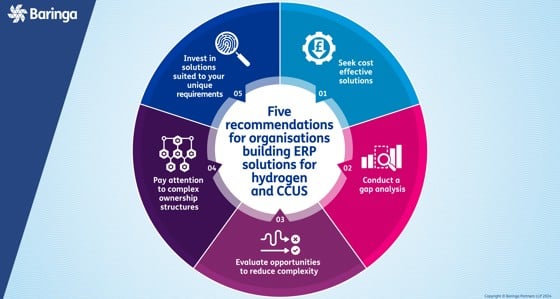Released in March, the latest Intergovernmental Panel on Climate Change (IPCC) report is the most comprehensive account of the complex interactions between extreme events and their ongoing impacts – the culmination of 7 years’ of peer-reviewed science by nations’ peak scientific bodies and global leading researchers.
What is new in the IPCC’s 6th report?
- Climate change is confirmed as human-made: There is no longer any doubt that humans have altered the climate. Global surface temperatures have risen by 1.1°C, generating extremes of weather and climate in every region of the world.
- Inequality has been measured: Vulnerable areas of the world contribute the least to climate change and are disproportionately affected by its impacts. Parts of Africa, South Asia, South and Central America, and small island states are up to 15 times more likely to suffer fatalities due to climate disasters than resilient communities.
- Stalled progress means we’re on a path toward significant disruption: Despite some advancements in adaptation and mitigation measures since the previous IPCC report, it seems highly probable that global temperatures will exceed 1.5°C during the 21st century, and limiting warming below 2°C will be challenging. Insufficient financial support is hindering progress towards achieving climate goals in all regions and sectors, thereby impeding the implementation of adaptation measures.
It’s not all bad news
- Every fraction of a degree counts: Every increment of global warming intensifies multiple hazards. While some impacts are irreversible, avoiding warming can slow or prevent the effects of climate change.
- There is enough money, but it needs to come fast: 3-6 times the current climate investment is needed, particularly for developing countries that require external funding to adapt for the often-disproportionate impacts of climate change they will experience.
- Solutions are at our fingertips: Most of the technologies required to deeply, permanently, and immediately reduce emissions in the short- and medium-term are available today. Scaling up finance, technology and international cooperation will accelerate emissions reductions.
- Acting now will deliver co-benefits: Deep and sustained mitigation in the near-term (this decade) would reduce losses and damages for humans and ecosystems, deliver many co-benefits, especially for air quality and health. The economic benefits of improved air quality, for example, would outweigh the cost of reducing or avoiding emissions.
The decade of action
Over the past two decades there has been a focus on developing political and institutional support to address climate change. Given Australia is one of the most vulnerable developed countries to climate impacts, there a pertinent obligation for business leaders to take tangible steps towards net zero. There are a number of frameworks that provide guidance on how this can be done, but it needs to be happen from now, emcompassing the following steps:
- Form net zero commitments
- Develop transition plans to support capital allocation (mitigation and adaptation) while factoring in social considerations
- Embed climate risk management practices through the organisation
- Link Board and Executive remuneration to climate outcomes
- Disclose on progress against commitments and strategic considerations
- Think about vulnerable communities globally and locally.
To discuss how your organization can embark or accelerate its journey to respond to climate change, please contact Hannah Daghighi.
Related Insights

Commodities and energy trading video series
Join us as we delve into key areas that are shaping the trading industry
Read more
Powering the energy industry’s green future: Five recommendations for building ERP solutions for hydrogen and CCUS
Hydrogen and CCUS companies are ideally positioned to shape energy’s new digital future. But there are key areas of uncertainty that are preventing companies from taking final investment decisions
Read more
Boundaries to protect myself and the way I work
Joel Loong, expert in Energy and Resources in Singapore discusses neurodiversity at work and championing your personal ways of working for success.
Read more
UK renewables deployment supply chain readiness study
The Department for Energy Security and Net Zero commissioned Baringa to conduct an in-depth investigation and analysis of the supply chains for key renewable and network technologies, both nationally and internationally.
Read more